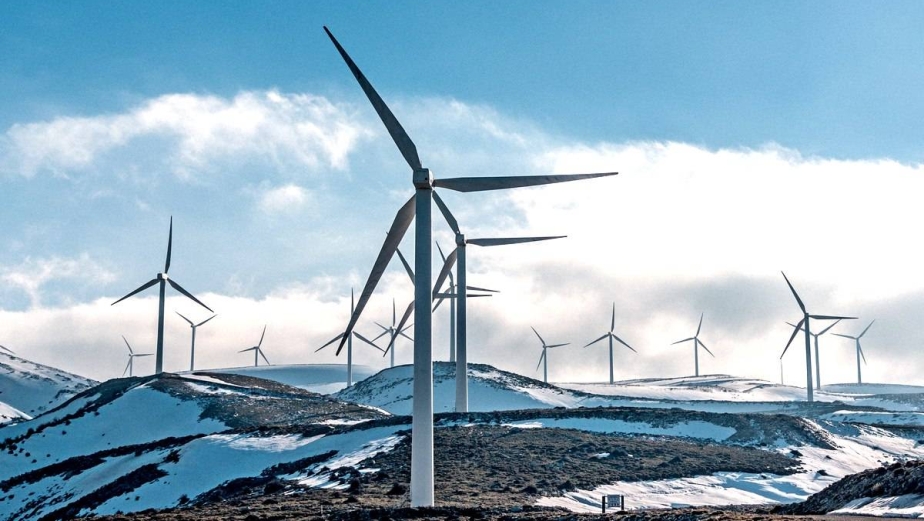Here is why wind turbines keep working in cold climate while the ones in Texas don’t

Everyone was quick to blame Texas state’s wind turbines for the massive power outages that left millions of Texans without power as an unusual polar vortex traveled across the Southern and Eastern parts of the United States. In one of our stories this week, we also lay part of the blame on wind turbines for Texas’s recent woes.
As the situation in Texas unfolds, we’re beginning to learn more about what really happened. As it turns out, only one-third of the power outages in the state resulted from frozen wind turbines. Power plants that use fossil fuels — coal and natural gas ― accounted for two-thirds of the power outages due to lack of winterization. In addition, unlike other states that practice natural gas winterization, Texas doesn’t store its natural gas like most places do since they figure they can just pump it when they need it. Unfortunately, it got so cold the state is unable to pump it
According to the U.S. Department of Energy, the Lone Star State leads the nation in wind power generating up to a combined 25,100 megawatts of energy in the state. The state’s nearly 15,000 wind turbines produced 23% of Texas’s electricity last year. However, many of the wind turbines shut down when the bitter cold descended on Texas about a week ago. As of Sunday morning, those iced turbines only generated about 12,000 megawatts of Texas’ installed wind generation capacity, even though the turbines don’t typically spin to their full generation capacity.
The question everyone has been asking is: Could the blackouts and power outages have been prevented? Yes! The other question is people are asking is: Why are wind turbines in cold climate countries like Canada and Sweden don’t freeze? The simple answer is that cold climate regions use de-icing and carbon fiber technology to hear their wind turbines during bitter cold weather. It is the same type of anti-icing protection that is primarily used by aircraft companies, whose planes and devices must survive cold altitudes.
For example, the operation of wind turbines in a cold climate such as Canada’s involves additional challenges not present in warmer locations, such as accumulation of ice on wind turbine blades resulting in reduced power output and increased rotor loads.
In Canada where wind turbines can experience icing up to 20% of the time in the winter months, wind turbine manufacturers recognize the impacts of cold climate operation and built their turbines from the ground up to handle winter conditions. Their wind turbines are equipped with “cold weather packages” which provide heating to turbine components such as the gearbox, yaw and pitch motors, and battery, according to the Canadian government. The addition of de-icing and heating components allows the wind turbines to operate in temperatures down to -30C (-22 degrees Fahrenheit)
In a similar report, Bloomberg discussed how Sweden uses heating technology to keep its wind turbines operational. Per Bloomberg, the work of Swedish researchers shows how to properly winterize wind turbines and other power systems to survive cold temperatures. Engineers at the power company Skellefteå Kraft discussed how ice can interrupt operations and the power supply.
“The problem with sub-zero temperatures and humid air is that ice will form on the wind turbines,” Stefan Skarp, head of wind power at Skelleftea Kraft, told reporters. “When ice freezes onto the wings, the aerodynamic changes for the worse so that wings catch less and less wind until they don’t catch any wind at all.”
“There are a variety of cold weather and anti-icing technologies that are used on wind turbines in the coldest regions,” she said. “These technologies help prevent the buildup of ice on turbine blades, detect ice when it cannot be prevented, and remove ice safely when it is detected.”
However, Bloomberg notes that the de-icing technology is expensive and can have a negative effect on turbine efficiency. In addition, the technology is not suited for warmer climates like the state of Texas.




